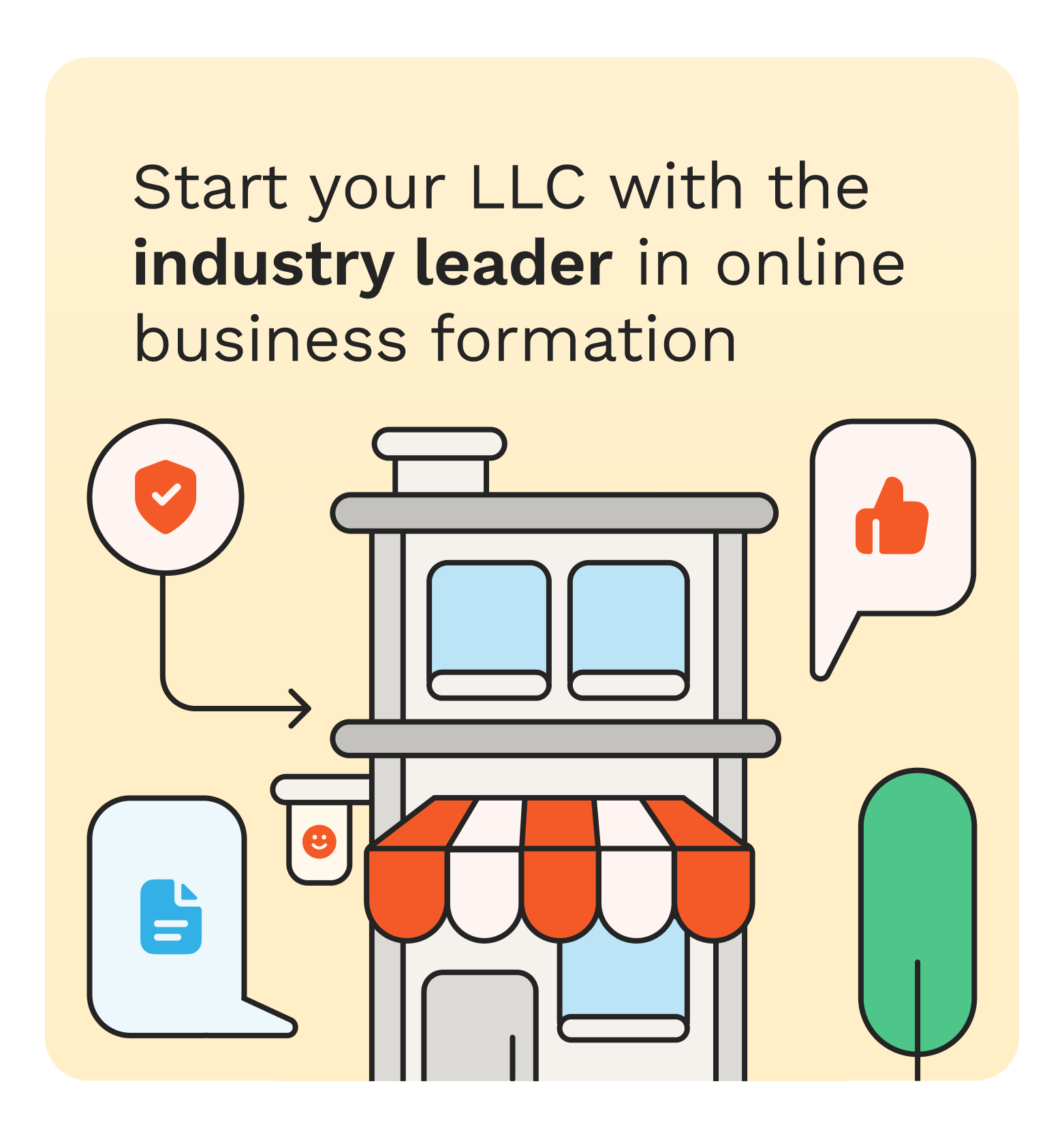In this fast-paced, ever-evolving digital landscape, understanding the language of online marketing isn’t just useful – it’s essential. Whether you’re running a small local café or managing a nationwide retail business, being familiar with digital marketing terminology can empower you to make informed decisions, communicate effectively with your marketing team, and ultimately get better results from your campaigns.
You don’t need to be a digital marketing expert, but having a grasp on the basics will help you confidently steer your business in the right direction. To help you get started, here are some key digital marketing terms every business owner should know. And if you ever feel like you’d prefer to leave it to the experts, a trusted digital marketing agency can help navigate the complexities while you focus on growing your business.
SEO (Search Engine Optimisation)
SEO is the process of optimising your website and content to rank higher in search engine results – most commonly, Google. It involves improving elements like site speed, mobile responsiveness, keyword usage, meta descriptions, backlinks, and more. The goal? To increase visibility and organic (unpaid) traffic to your site. If people can’t find you online, you risk losing customers to competitors who are more discoverable. Here are some key terms within SEO:
- On-page SEO: Optimising individual pages on your site (e.g. headings, internal links, content quality).
- Off-page SEO: Tactics carried out outside of your website to boost its authority (e.g. backlinks from other websites).
- Technical SEO: Ensuring your website infrastructure is optimised for crawling and indexing by search engines.
PPC (Pay-Per-Click)
PPC is a model of internet advertising where advertisers pay a fee each time their ad is clicked. The most well-known PPC platform is Google Ads, though social media sites like Facebook and LinkedIn also use similar models. It’s a way to “buy” visits to your site rather than earning them organically through SEO. PPC can deliver fast results, making it a popular strategy for businesses launching a new product, running a seasonal promotion, or targeting high-converting keywords.
CTR (Click-Through Rate)
Your CTR measures how often people click on your ad or link compared to how many people saw it. It’s expressed as a percentage – here’s the formula:
(Number of Clicks ÷ Number of Impressions) x 100
A high CTR usually means your ad is relevant and compelling, while a low CTR might indicate that your messaging needs refinement.
Conversion Rate
This is the percentage of visitors who complete a desired action on your website, such as making a purchase, filling out a contact form, or signing up for a newsletter. Tracking your conversion rate helps you understand how well your site and marketing efforts are performing, and where improvements are needed.
Bounce Rate
Bounce rate refers to the percentage of visitors who leave your website after viewing only one page. A high bounce rate can indicate that your landing page isn’t meeting expectations, or that users aren’t finding what they were looking for. Improving site design, page load speed, and content relevance can help lower your bounce rate and keep visitors engaged.
Impressions
An impression is counted each time your ad or content is displayed on a user’s screen – regardless of whether they click on it. While impressions alone don’t tell you much about engagement, they’re a useful metric when building brand awareness or gauging ad reach.
ROI (Return on Investment)
ROI measures the profitability of your marketing efforts; it tells you whether the money you’ve spent is translating into revenue. Here’s the formula:
(Revenue – Cost) ÷ Cost x 100
Monitoring ROI helps you allocate your marketing budget more effectively, focusing on strategies that deliver the best returns.
Landing Page
A landing page is a standalone web page specifically created for a marketing or advertising campaign. It’s where a visitor “lands” after clicking on an ad or link, and it’s designed to guide them toward a specific action (like signing up, downloading, or purchasing). Unlike your homepage, a landing page is laser-focused, with minimal distractions and a strong call to action (CTA).
Lead Generation
Lead generation is the process of attracting and converting strangers into potential customers – “leads”. This often involves capturing contact details through forms, gated content, or newsletter signups. Leads can be nurtured over time through email campaigns, follow-up calls, or retargeting ads to eventually convert them into paying customers.
Retargeting
Also known as remarketing, this strategy involves showing ads to people who have previously visited your website or interacted with your brand online. Retargeting keeps your business front of mind and encourages users to return and complete an action they didn’t take the first time. It’s a powerful tactic for improving conversion rates, especially for businesses with longer sales cycles.
CRM (Customer Relationship Management)
CRM refers to systems or software that help manage a company’s interactions with current and potential customers. It stores customer data, tracks communication history, and helps sales and marketing teams personalise their outreach. Using a CRM system can enhance customer satisfaction and improve your ability to close sales.
Content Marketing
Content marketing involves creating and sharing valuable, relevant content to attract and engage a target audience – this can include blog posts, videos, infographics, podcasts, and more. The goal is not to overtly sell, but to build trust and establish authority in your industry (eventually leading to more sales).
Social Proof
Social proof is a psychological concept where people assume the actions of others reflect correct behaviour. In marketing, this includes customer reviews, testimonials, case studies, and social media likes or shares. Displaying social proof on your website or in your ads can boost credibility and encourage others to engage with your brand.
CTA (Call to Action)
A CTA is a prompt that encourages the user to take a specific action – think of things like “Buy Now”, “Download the Guide” or “Book a Free Consultation”. Effective CTAs are clear, compelling, and relevant to where the customer is in their journey.
Analytics
Digital analytics refers to the collection, measurement, and analysis of web data. Tools like Google Analytics provide insights into how users interact with your site – what pages they visit, how long they stay, where they’re coming from, and more. By interpreting this data, you can make smarter decisions about website design, content, and marketing strategies.
Digital marketing may seem overwhelming at first, but understanding the basic terminology can make a world of difference
These terms form the foundation of most modern marketing strategies, and knowing them gives you the clarity and confidence to actively participate in conversations with your team or agency partners. Remember: the more you understand about how digital marketing works, the more control you have over your business’s growth in an increasingly digital world. Good luck!














